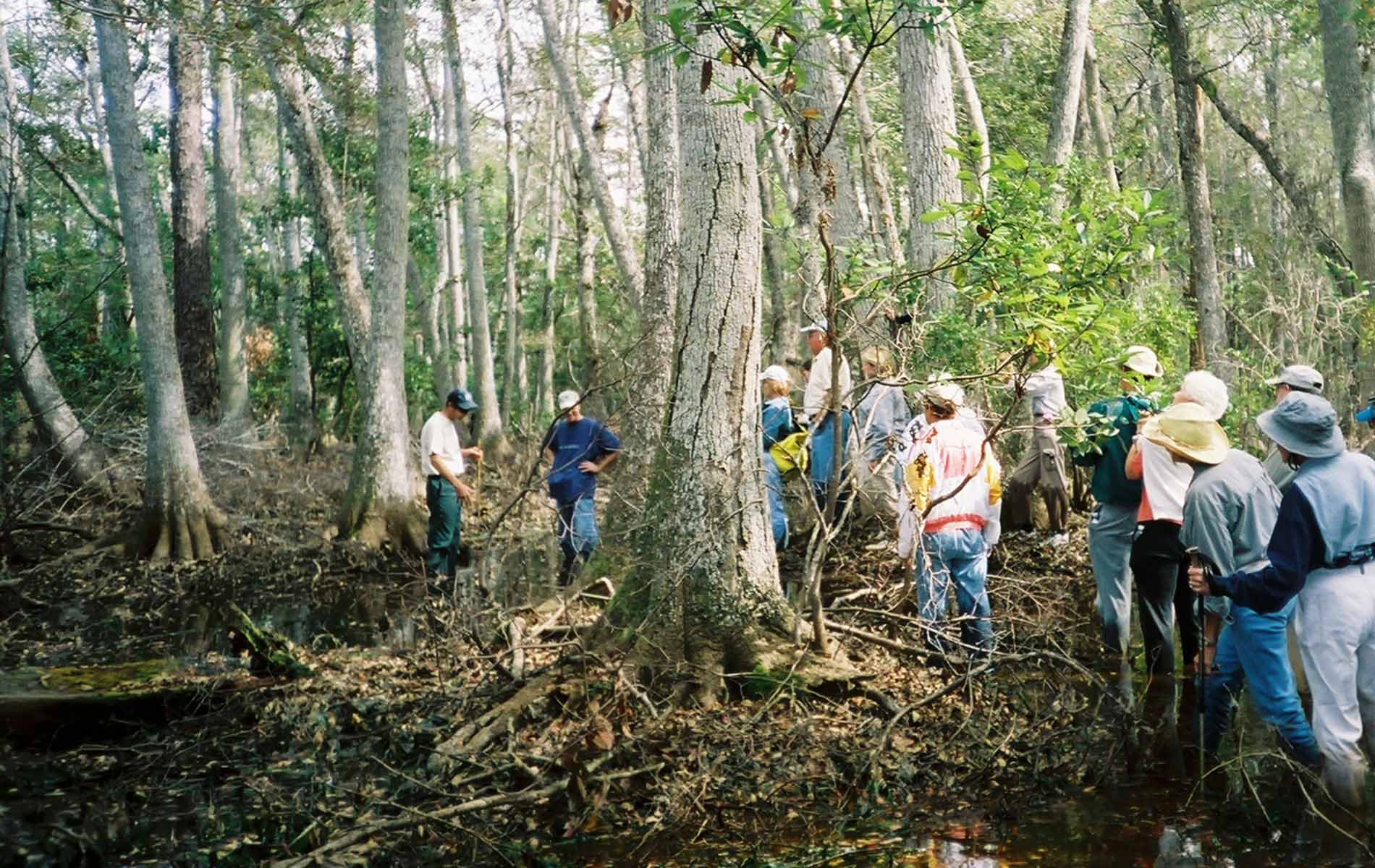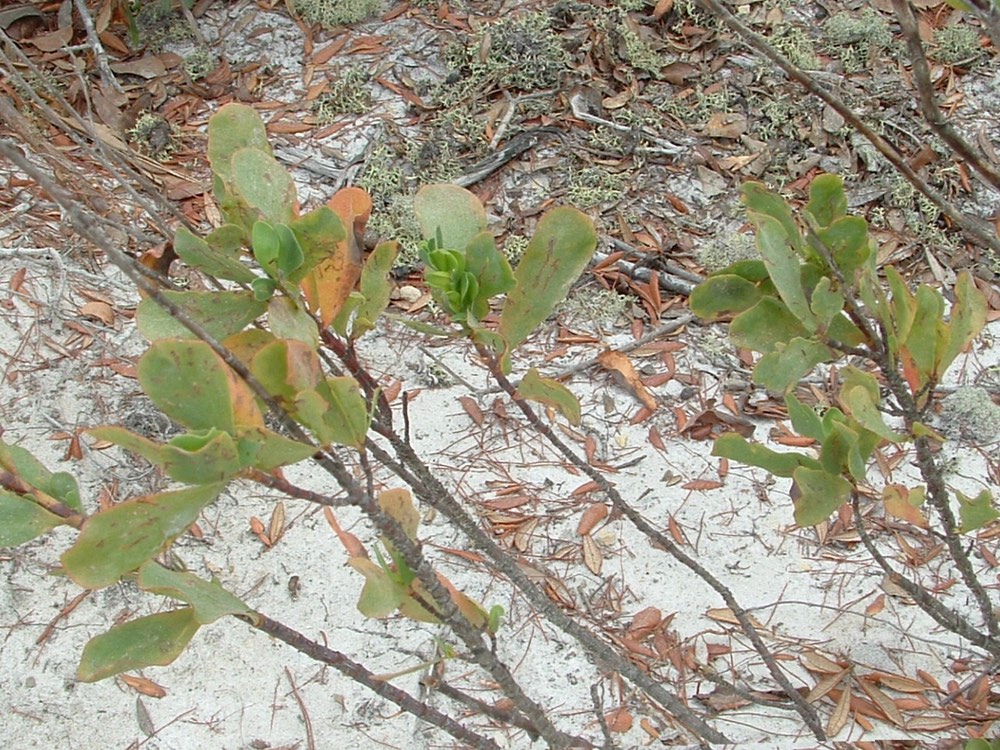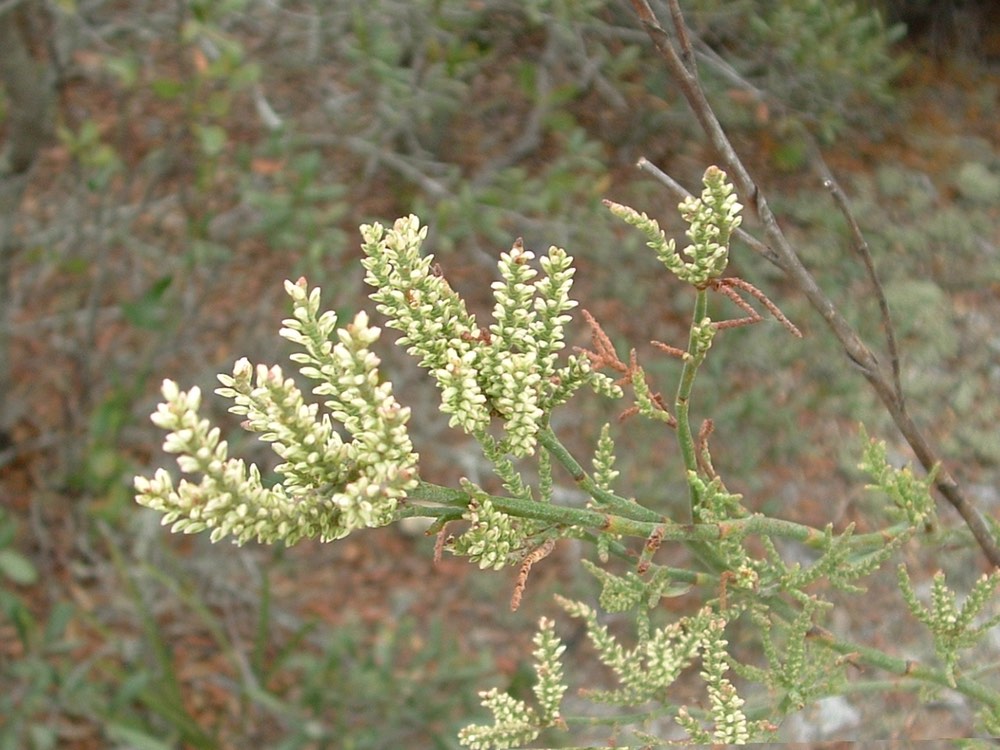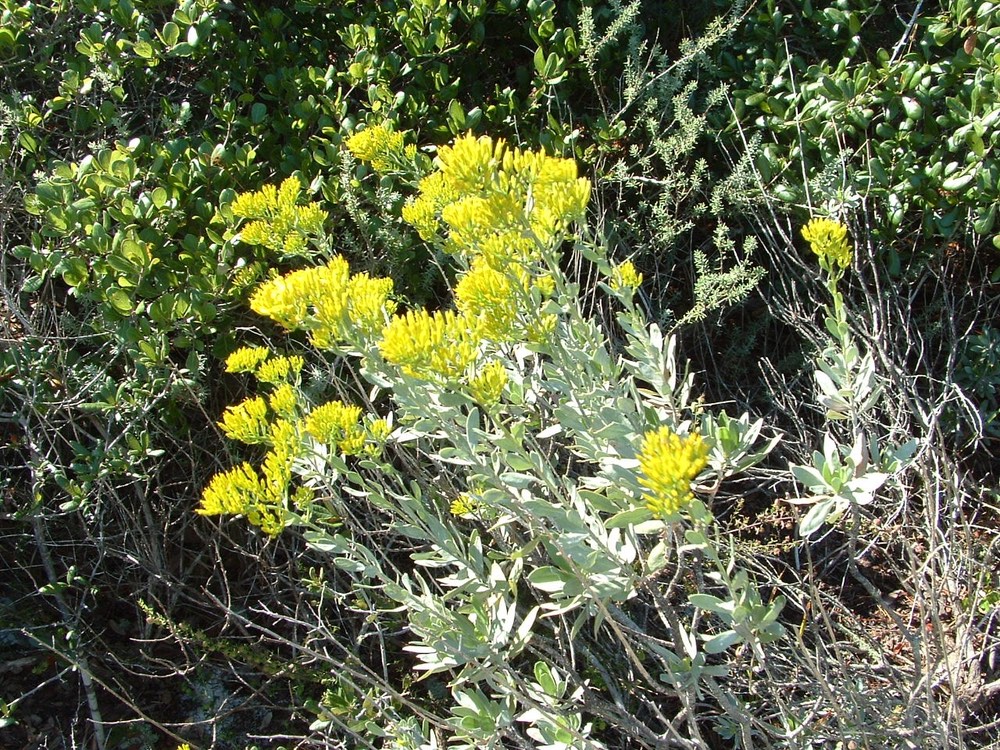
vie-magazine-south-walton-preservation
Preserving the Natural Wonders of South Walton
By Nellie DeBruyn
It was a Kodak day in mid-October. A collage of fall flowers blazed golden through the pines of Point Washington State Forest. Gathered at the head of Eastern Lake trail on County Road 395, a few dozen hikers and I prepared for the Fall Wildflowers and Forest Ecology Trek, one of the most popular activities offered during South Walton Community Council’s annual Back to Nature Festival. Naturalist Christian Wagley and horticulturist Snookie Parrish were joined by budding lepidopterist Donna Kay to lead us through the forest on an ecological tour of this quadrangle of preserved land.
Before the march began, we formed a huddle around Parrish, who explained the varieties of a joint weed that someone had spied near the roadside. She held the plant gently, pointing out the multiple pink joints, and described how to distinguish between the different types. “One looks like a succulent with a spray of white flowers on top, and the other, which blooms early in the fall, is covered by small white flowers,” Parrish explained. “If you don’t awaken people to taking a closer look, they miss all the beauty,” she added. It was a perfect prelude to the hike.
We were hastened to begin our trail walk. The sight of the road and its intermittent drone of traffic soon faded, replaced by a steady thrum that could easily be mistaken for the sound of distant waves breaking; it was the sound of wind sifting through the needles of the longleaf pines. As we continued on, we were cautioned not to become distracted and wander off the trail marked by arrows or ribbons tied around trees.
Old logging roads crisscrossed our path, and at one such juncture, Wagley gathered us together to offer an explanation of the topography we would traverse—a sea of palmetto, punctuated by charred tree trunks and graced by majestic longleaf pines, known as a “flathill.” Prescribed burns, meant to mimic the natural fire regime, had left sections of the forest meticulously groomed as though a daily army of gardeners had pruned it. The land transitioned on a slight elevation into a “sandhill,” a denser habitat with several oak species. The path consisted of soft, beach-white sand cushioned by a bed of pine needles.

Just when it seemed that the savanna-like expanse would never end, we were beckoned into an overgrown basin swamp, a place tangled, dark and, we were told, almost impervious to fire. We walked across boardwalks that hovered over puddles of tannic brown water. The group walked reverentially, alternately subdued by the splendor of the landscape and absorbed by its intricate details. Youthful sprouts of longleaf pine swayed in the wind, beckoning to be touched. Goldenrod and asters tempted sulphur butterflies and Gulf fritillaries with nectar. Parrish stopped to point out a purple blazing star—a stalk bearing dense, thistle-like flowers, and a summer farewell—a delicate, white wildflower.
“To protect, preserve and enhance the quality of life and the natural environment of South Walton County” is the mission statement of the South Walton Community Council (SWCC). During the 2008 Back to Nature Festival, five hundred participants had a chance to experience and contemplate the varied landscape of South Walton County and understand the importance of protecting its fragile ecosystems. They went on guided kayak tours of coastal dune lakes and Hogtown Bayou, marveled at bird species on Jolee Island and identified wild animal tracks in Topsail Hill Preserve State Park. They also explored the backwaters of Tucker Bayou in a johnboat and biked around the dune lakes.
[/double_column_left] [double_column_right]
Polyganella

Pollyganella in Bloom

Goldenrod
While the events of the weekend celebrated the eclectic beauty that spans South Walton County, they also offered people an occasion to reflect on the many ways that the SWCC has made a significant contribution to the high quality of life that South Walton’s residents enjoy. In a county where property rights lead to rallying cries and the Walton County Comprehensive Plan is a moving target, the SWCC has tackled a never-ending and always evolving agenda.
In its dozen years of existence, the SWCC has experienced countless victories and only a handful of defeats. Originating as a grassroots community organization formed “to communicate with others and with the county on development issues,” the SWCC was called upon by neighborhoods along Scenic Highway 30A to help negotiate with land developers who seemed to possess prejudiced and unbridled interpretations of the Comprehensive Plan. In the early days, the communities of White Cliffs, Blue Mountain Beach, Dune Allen, and Lakewood all sought help from the SWCC to negotiate with developers on matters concerning setbacks, density, and the ill-defined concept of “compatibility.”
The SWCC has evolved through the years and is now a multi-purpose community resource center. Typically, the council is alerted to problems by citizens who notice environmental activities in their neighborhoods that appear unusual. Illegal clearing is one of the issues that the SWCC tackles regularly. Anita Page, executive director of the SWCC, wryly stated, “Any time a bulldozer is out there on a Sunday afternoon, people tend to take notice.”
Unfortunately, the environmental effects of poorly managed development are often beyond remediation. Illegal filling of wetlands and construction impacts on sensitive waterways not only affect ecosystems but also create jarring eyesores, which linger long after the payment of levied fines.
[double_column_left]

When the SWCC’s membership feels that the intent of the Comprehensive Plan is being compromised by decisions made by the County Commission, it sometimes resorts to litigation if negotiations fail. Such was the case in the sensitive Peach Creek area when a change of land use was approved to rezone land from residential to industrial for the purpose of an asphalt plant installation. The SWCC joined a broad alliance in opposition to the rezoning, offering support and funding.
Often, the SWCC uses its broad communication network to offer support to other local organizations. Trying to protect headwaters from feeding into coastal dune lakes, Beach to Bay began a protracted litigation and negotiation with a developer in Grayton Beach. It took several years and thousands of dollars for the SWCC and Beach to Bay to reach a negligibly satisfactory compromise with the developer.
The small victories, however, do add up. Often, they are reflected in what is absent from the landscape: a 150-room hotel once proposed for the shores of Draper Lake or a 200-car parking lot on a corner of 30A in Grayton Beach. They are represented incrementally by the quarter-acre of vegetation saved from the bulldozer, the expanses of wetland buffers remaining intact and homes prevented from being built in the vulnerable “V” flood zone.
Growth management issues are only part of what the SWCC undertakes. Its primary focus is on keeping South Walton a special place, and it relishes the community response when volunteers contribute to the annual July 5th beach cleanup. It also takes responsibility for cleaning up an adopted section of Highway 98. Representatives of the SWCC attend every planning board and county commission meeting. As the county prepares the seven-year state mandated review of the Comprehensive Plan, the SWCC has attended every workshop and offered valuable input.
Another significant piece of the SWCC’s agenda is environmental education in both the community and the local schools. Monthly forums, held at the South Walton Library, cover diverse topics, from legal issues, such as the anticipated showdown between Georgia, Alabama and Florida over rights to the dwindling water supply, to a workshop about rain garden design.
Expanding its reach to public schools, the SWCC has teamed up with the Choctawhatchee Basin Alliance (CBA) to actively participate in programs designed to educate and motivate the younger members of the community to take action.

Expanding its reach to public schools, the SWCC has teamed up with the Choctawhatchee Basin Alliance (CBA) to actively participate in programs designed to educate and motivate the younger members of the community to take action. With five Garmin GPS units donated by the SWCC, students in Pat Murphy’s environmental sciences class at South Walton High School have embarked on the task of identifying exotic and invasive plant species in and around Oyster and Big Redfish Lakes. The GPS data gathered will help in subsequent mapping that the CBA will use to formulate a plan for removing non-native plants, replacing them with indigenous ones.
At Bay Elementary School, the SWCC has provided Jill McCoy’s fifth-grade students with the funds needed to support a “Grasses in the Classes” project. Alison McDowell of the CBA spearheads the project by illustrating the crucial role that grasses play in the environment by filtering runoff water. Come spring, the class will set up several kid-made growing ponds where smooth cordgrass will be cultivated to compare their relative effects on salinity in the waters. In May, after the grass has matured, it will be planted along the edge of the Choctawhatchee Bay near Eden and at Cessna Landing.
Whether you are attending a Back to Nature event or just enjoying your surroundings independently on any day of the year, the next time that you find joy in the postcard perfection of South Walton’s landscapes, consider the unseen efforts that have gone into ensuring this idyllic beauty. Everyone is invited and welcome to join the effort by becoming a member of the SWCC. If you are not a resident of South Walton, participation with an environmental organization in your own community is encouraged.
— V —
For more information on the SWCC, please visit the council’s website at http://www.southwaltoncc.org or call (850) 314-3749. The upcoming Back to Nature dates are October 16–18, 2009.
Nellie DeBruyn is a freelance writer who recently became an official Florida resident. In the summer months, she heads north to spend time with her two sons and to volunteer with the Habitat for Humanity’s Women Build program, her favorite charitable project.
Share This Story!
KEEP UP WITH THE LATEST STORIES FROM VIE
















































































































































